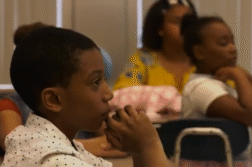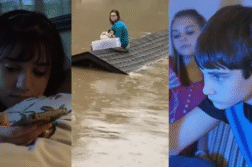ORLANDO, Fla. (Ivanhoe Newswire) — Everyone loves a good night’s rest, especially parents of young children. Infants, ages four to 11 months, get an average of 12 to 15 hours of sleep per day, often in long periods of time. But what if your child isn’t sleeping for longer stretches, even after the one-year mark?
It’s well known that sleep plays a crucial role in a child’s physical and mental development. That is why many parents express concern when their babies are not sleeping through the night. But researchers at McGill University in Quebec say parents shouldn’t worry too much. Their study of 388 babies found that many healthy babies were not sleeping six to eight consecutive hours per night. For example, at six months, 38 percent of babies were not sleeping six consecutive hours and more than half were not sleeping eight hours. Even at a year old, 43 percent of the toddlers were still not sleeping through the night.
This suggests that it is common for babies to not sleep through the night. The researchers also found no association between sleeping through the night and later mental and physical development.
The authors of the study emphasized that the total number of hours a baby sleeps probably matters more than uninterrupted sleep.
Contributors to this news report include: Cyndy McGrath, Supervising Producer; Milvionne Chery, News Producer; Roque Correa, Editor.
Produced by Child Trends News Service in partnership with Ivanhoe Broadcast News and funded by a grant from the National Science Foundation.



